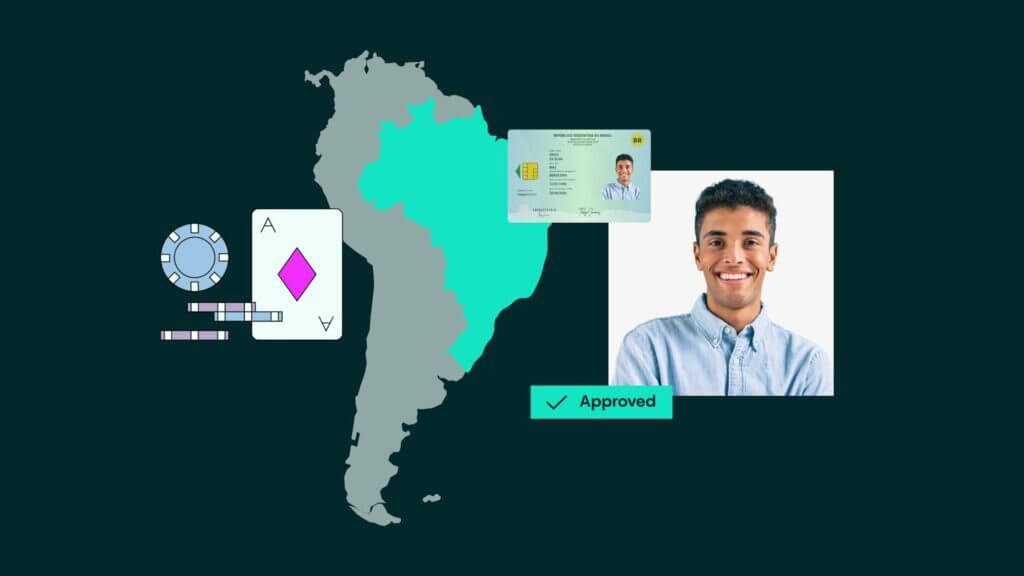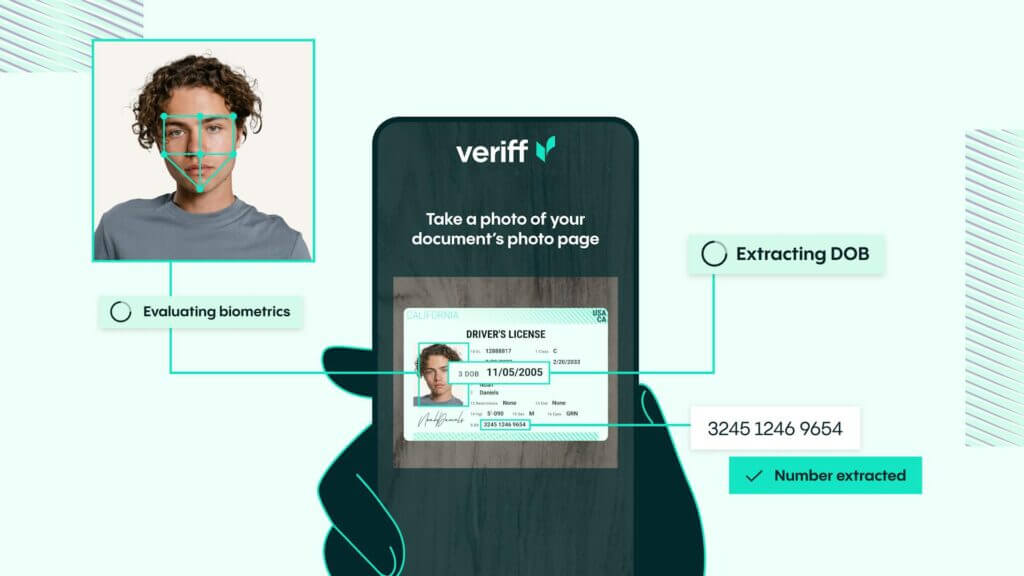KYC Article
What are the 3 key stages of money laundering?
The process of laundering money can be incredibly complex. However, there are three key stages to most money laundering activity – that companies should be aware of in order to protect themselves.

What exactly is money laundering?
In short, money laundering is the process of disguising the origins of money obtained through illegal activities so that it appears to come from a legitimate source.
Money laundering occurs when a criminal enterprise or an individual involved in financial crime has a large amount of cash they want to hide from authorities.
To do this, they will willfully conceal money obtained from their illegal activities, “wash” it within the financial system, and get it back in a “clean” way.
Essentially, money laundering has one purpose: to turn the proceeds of crime into cash or property that looks legitimate and can be used without suspicion.
However, there are three key stages of money laundering, and each of these contains its own complexities. So, let’s take a look at each stage in greater detail.
The 3 stages of money laundering explained
Placement
In the placement stage of money laundering, “dirty” money is placed into a legitimate financial system, such as an offshore account or a financial instrument.
In the process of moving the cash from its source, the money is “washed” – meaning it is disguised to look like a legitimate source of income.
At this stage of the process, criminals are vulnerable because they’re moving a large bulk of money and placing it directly into the financial system.
Layering
At this stage, multiple small transactions are made in different markets and across borders. The goal here is to distance the funds from their origins as far as possible.
The aim is to obscure the audit trail through the strategic layering of financial transactions and fraudulent bookkeeping. If this is done well enough, the original source of the funds can be concealed and it will be near-impossible to prove who owns the illegal funds. By spreading the funds across borders, it also makes it more difficult for anti-money laundering officials to trace the source of funds.
Integration
The final stage of the money laundering process is the integration stage, when the “dirty” money is returned to the criminal, seemingly from legitimate sources.
Once the dirty money has been placed and layered, the funds will be integrated back into the legitimate financial system as “legal” tender. This process must be carried out extremely carefully and the money must come from legitimate sources.

Boost Your Business Efficiency!
Discover the value of Veriff’s identity verification with our ROI Calculator.
Examples of money laundering stages
In reality, each of the three key stages of money laundering often overlaps. In addition, each stage can also involve multiple individuals. Here are some examples of how it works:
Placement examples
There are a number of different ways that laundered money can be placed into legitimate financial systems. For example, criminals can use:
- Cash businesses: cash gained from crimes is added to legitimate takings. This strategy works best in businesses that have little or no variable costs, such as car parks, car washes, or casinos. Historically, it used to be done through launderettes, hence the term “washing.”
- False invoices: criminals can put through dummy invoices to match cash lodged, making it look like the cash has been used to settle an outstanding invoice. Sometimes, things may also be over-invoiced or under-invoiced, or goods and services may be falsely described.
- Smurfing: this involves lodging small amounts of money that fall below AML reporting thresholds. These illegal funds are then deposited into bank accounts. One single person may do this over a long period, or multiple people (known as smurfs) may deposit the cash into multiple accounts.
- Foreign bank accounts: this involves physically taking small amounts of cash abroad (generally an amount just under the customs declaration threshold), lodging it in a foreign bank, and then sending it back to the country of origin. This process easily hides the identity of the real owners and is a way to evade paying tax to HMRC
- Aborted transactions: for this, funds are lodged with a lawyer or an accountant so the money can be used to settle a proposed transaction. However, after a short time, the transaction is aborted. When the money is returned, it is from an unimpeachable source.
Layering examples
Layering involves turning dirty money into clean and untraceable funds.
Layering is incredibly complex, but it generally involves the following tactics:
- Moving money electronically between different countries using loopholes in legislation
- Converting money into stocks and other financial instruments
- Investing in real estate or “shell” companies with a functional front
During this stage, criminals will make as many transactions as possible in order to create extra “layers”.
Integration examples
It is important to the criminals that they do not attract the attention of law enforcement or tax authorities when retrieving the now cleaned money. Due to this, criminals are often content to pay payroll and other taxes to make the “washing” more legitimate. Techniques used include:
- Fake employees: these non-existent employees are usually paid in cash
- Loans: these are given to directors and shareholders and are never repaid
- Dividends: these are paid to shareholders of companies that are controlled by criminals
- Investments: criminals may also purchase property, high-end cars, artwork, or jewelry
What are the consequences of money laundering?
Consequences for being caught laundering money include legal penalties such as fines and imprisonment, damage to the reputation of involved businesses, financial losses, and the destabilization of economies.
How can you prevent money laundering?
Money laundering is a serious crime and criminals could try to target your business. As a result, it’s vital that your business adheres to anti-money laundering (AML) guidelines and reports all instances of suspected money laundering
If your company is at risk of financial crime, then you’re required to implement an anti-money laundering compliance program. The main goal of this is to detect, respond, and avoid money laundering and fraud-related risks. You can achieve this by:
- Having an effective reporting structure in place: if money laundering activity is detected at your business, you’ll need to immediately deliver information regarding the activity to the authorities
- Being aware of the risk level of your customers: before you accept any customers, you should evaluate their risk profile and make sure they’re processed and monitored accordingly
- Having a compliance officer as a team member: AML processes are not easy to manage. A compliance officer can review the suitability of your processes and make sure you’re following the ever-changing regulations and laws surrounding money laundering
If you’re looking to become AML compliant, then a great starting point is online identity verification. Our AML & KYC compliance solution helps regulated organizations to fight financial crime.
Powered by AI, our software verifies identities, checks global sanctions and PEP watch lists, and checks for negative news about predicate offenses. It can also monitor clients on an ongoing basis in case something changes. With the help of our software, you can show regulators that you take financial crime and compliance seriously.

Talk to us
Our identity verification experts are ready to help build you a solution that gets more honest customers onboarded faster, and more securely, than ever before














